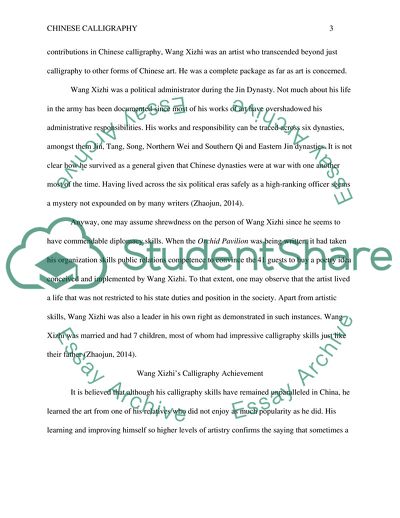Cite this document
(The Case of Chinese Calligraphy Term Paper Example | Topics and Well Written Essays - 2222 words, n.d.)
The Case of Chinese Calligraphy Term Paper Example | Topics and Well Written Essays - 2222 words. Retrieved from https://studentshare.org/culture/1842519-chinese-calligraphy-essay-2000-words
The Case of Chinese Calligraphy Term Paper Example | Topics and Well Written Essays - 2222 words. Retrieved from https://studentshare.org/culture/1842519-chinese-calligraphy-essay-2000-words
(The Case of Chinese Calligraphy Term Paper Example | Topics and Well Written Essays - 2222 Words)
The Case of Chinese Calligraphy Term Paper Example | Topics and Well Written Essays - 2222 Words. https://studentshare.org/culture/1842519-chinese-calligraphy-essay-2000-words.
The Case of Chinese Calligraphy Term Paper Example | Topics and Well Written Essays - 2222 Words. https://studentshare.org/culture/1842519-chinese-calligraphy-essay-2000-words.
“The Case of Chinese Calligraphy Term Paper Example | Topics and Well Written Essays - 2222 Words”, n.d. https://studentshare.org/culture/1842519-chinese-calligraphy-essay-2000-words.


